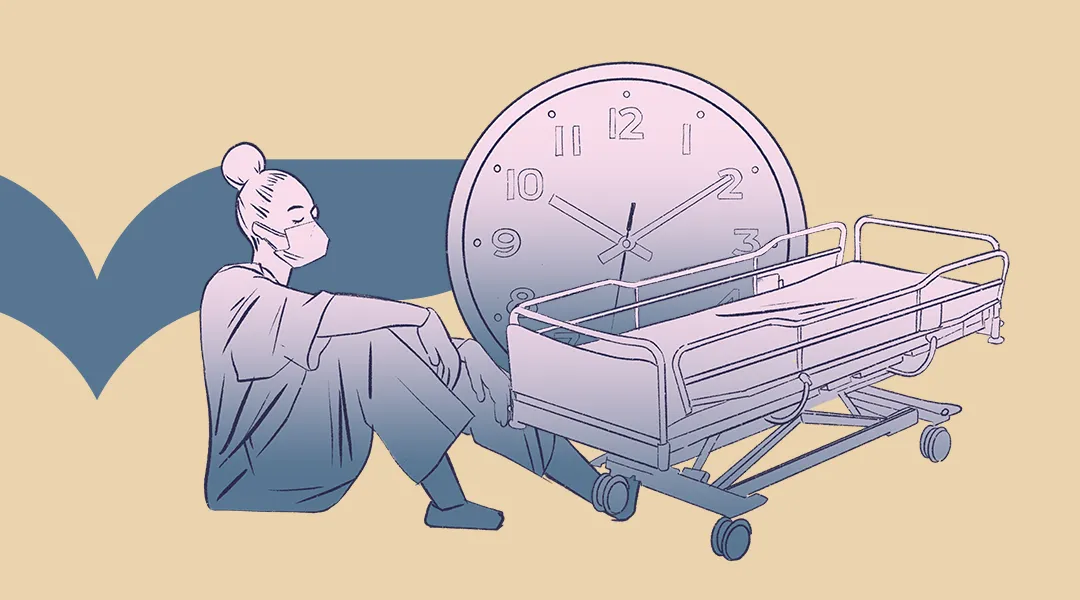Period-based working time may only be applied to work specified in the Working Time Act, or if the appplication of period-based working time has been agreed upon in the collective agreement
Regular working time in period-based work
In period-based working time, regular working time is the number of weeks included in the period multiplied by the working hours of one week specified in the collective agreement.
The weekly working hours are 38 h 15 min in most collective agreements. The most common length of a period is three weeks, meaning that the regular working time for the period is 3 x 38 h 15 min = 114 h 45 min.
In social services in the private sector, the working hours for one week are 38 h 20 min, meaning that the working hours for three weeks are 3 x 38 h 20 min = 115 hours.
Shift length in period-based work
- The maximum scheduled length is ten hours in health and social services (SOTE) agreements. The length of a night shift may, however, be eleven hours.
- The maximum length is twelve hours in the collective agreement for the emergency medical services sector (ensihoitopalvelualan työehtosopimus), unless otherwise agreed between the employer and the employee.
- The maximum length for day shifts is ten hours and twelve hours for night shifts in the health service sector collective agreement (terveyspalvelualan työehtosopimus), with the option to agree on 15-hour shifts.
- The maximum length for day shifts is ten hours and twelve hours for night shifts in the social service sector collective agreement (sosiaalipalvelualan työehtosopimus).
- The maximum length for day shifts is ten hours and twelve hours for night shifts in the Avainta ry collective agreement.
In principle, the minimum length of a shift is four hours in most collective agreements.
There is no daily or weekly overtime in period-based work time; the overtime limit is period-based. Overtime is accumulated when the overtime limit for the period is exceeded.
Days off in period-based work in the health and social services (SOTE) agreement
According to section 9, subsection 6 in chapter 3 of the SOTE agreement, there must be two days off per week in period-based work. There must be a minimum of six days off in a period of three weeks. At least two of those days off must be consecutive within the period of three weeks.
The days off in period-based work in accordance with the SOTE agreement are at least 24 hours long. If there are working hours within these 24 hours, the day does not qualify as a day off in accordance with period-based work specified in the SOTE agreement.
If the duration of an annual holiday is an entire calendar week, the holiday covers two days off.
Each work day that interrupts the holiday reduces the regular working hours of the period by 7 hours 39 minutes. In this event, the partial interruption of the week does not contain days off. Instead, the days off must be granted outside the interruption.


